Reconciling forest and tree conservation with food security
The United Nations Sustainable Development Goals include ‘zero hunger’ by 2030 and states the need for profound change in the global food and agriculture system to both end current levels of hunger and accommodate predicted global population growth. Current estimates suggest sufficient food is produced globally; however, inequalities in markets, income and distribution lead to high levels of malnourishment around the world.
Food security and nutrition
Forest and tree ecosystems provide a wealth of resources and services vital for human survival and well-being. Until recently, an often-overlooked role of forests was their contribution to nutrition, which is particularly important for rural communities who are among the world’s poorest and most vulnerable. The most obvious aspect of nutrition provided by forests is the direct harvesting of edible plants, fungi, insects, and wild meat for consumption.
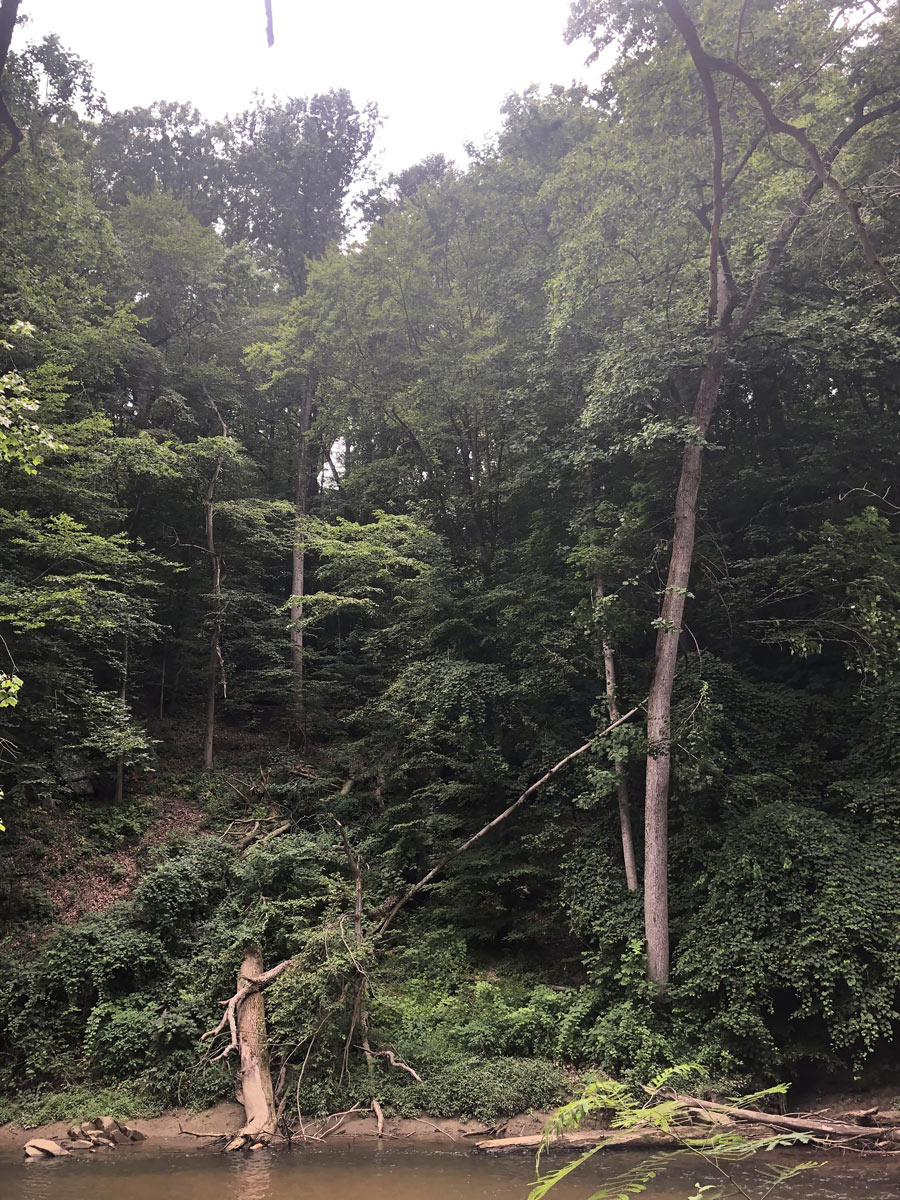
In addition, there are a number of indirect ways forests contribute to food security and nutrition. Agroforestry is the deliberate integration of trees into the agricultural system either to provide a crop for both human or livestock consumption, or to support ecosystem services which improve agricultural productivity. Ecosystem services include using trees to create a beneficial microclimate, nutrient cycling, providing a habitat for pollinators, and regulating water provisioning. Forests also provide fuel for cooking, as well as generating income to enable purchases from markets.
Dietary diversity and health
In addition to quantity, both quality and diversity contribute to the overall nutritional value of a diet. Modern humans evolved as hunter-gatherers. Foraging plants and hunting animals across a variety of habitats provided a varied and nutritious diet. While the development of agriculture increased the volume of available food, it also reduced dietary diversity as communities focused on producing a small variety of crops and livestock. Contemporary agriculture has likewise focused on producing large quantities of a relatively limited number of species. One result of this emphasis on quantity over diversity is that vast numbers of the global population are malnourished due to undernutrition and micronutrient deficiencies, as well as overweight and/or obese.
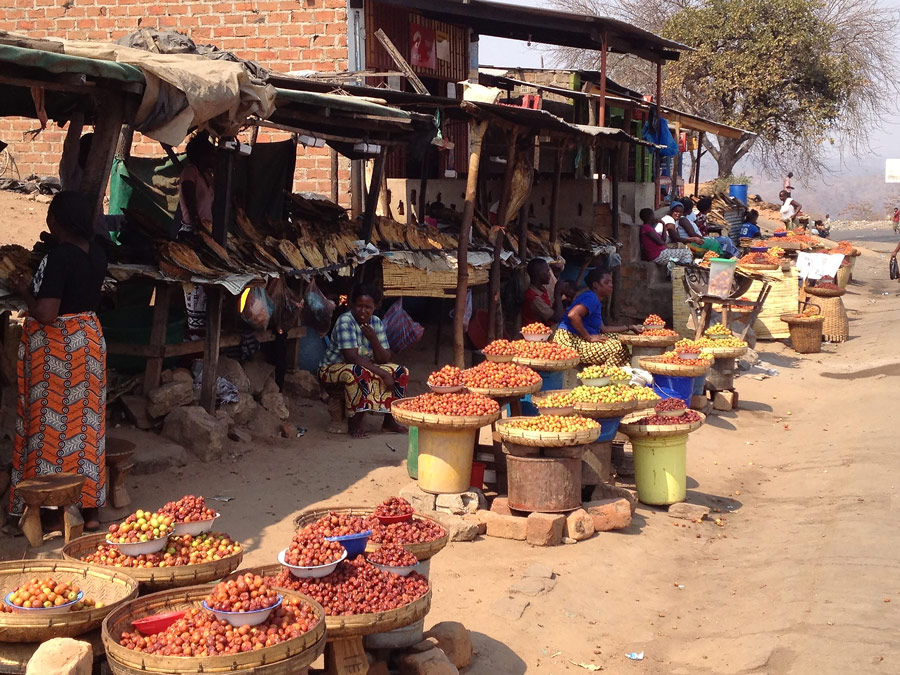
Photo Credit: flickr.com
Communities which still depend on or make use of forest and tree ecosystems have been shown to have a greater dietary diversity. Where indigenous communities have moved away from traditional diets towards a narrower range of foods, and often higher levels of fat, sugar, salt and refined carbohydrates, research has shown associated increases of non-communicable diseases like cardiovascular disease and diabetes. Over two billion people are estimated to suffer from deficiencies in essential vitamins and minerals, known as ‘hidden hunger’, which also leaves them more susceptible to disease. These trends are thought to be further compounded by reduced access to traditional medicinal plants.
While the development of agriculture increased the volume of available food, it also reduced dietary diversity as communities focused on producing a small variety of crops and livestock.
Agriculture and the environment
Not only is the global food system regularly failing to provide good nutrition, modern agriculture has had a significant negative impact on biodiversity and the environment. The most visible negative impact is deforestation, with clear knock-on effects for both climate change and biodiversity loss. Agriculture also accounts for one-third of greenhouse gas emissions with factors including reliance on fossil fuels and methane emissions from ruminants contributing to this value. Soil erosion and degradation are the most recent area for concern, as fertile land is lost and desertification increases.
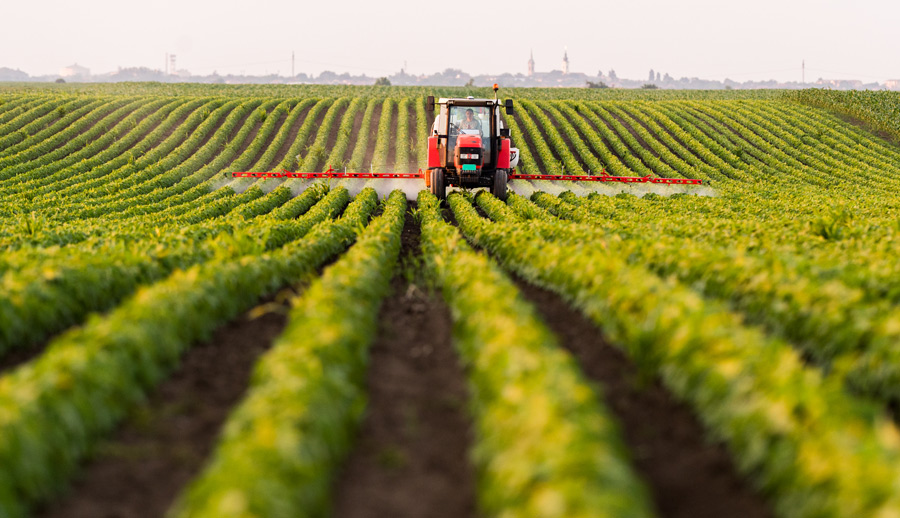
The focus of modern agriculture on a few key crop and livestock species has led to a loss of genetic diversity both across and within species. Many wild relatives of crop and livestock species have been lost and today just 12 plant crops and 14 animal species provide 98% of global food needs. Loss of genetic diversity within a population leaves it vulnerable to inbreeding and less able to adapt particularly under current rapidly changing environmental conditions. Commercial monocultures support significantly less biodiversity, and reliance on chemical control of pests also reduces the presence of beneficial pollinators and insect predators.
Conservation vs. rights and access
Growing recognition of the impact of climate change and loss of biodiversity have led to increasing levels of protection for areas of land and key habitats. Protected areas are often seen as needing to be pristine and untouched and can fail to recognise that humans have been altering landscapes and habitats for centuries. This form of biodiversity conservation has often reduced the access and rights of local communities who depend on forests and their resources for food security and nutrition. Exclusion from protected areas not only prevents access to wild foods but can also compound the reduction in food security through loss of access to water bodies for crop irrigation, increase problems of livestock predation by wildlife, and loss of fuel for cooking. Agriculture is also the largest employment sector globally, particularly in poor and rural communities; therefore, reconciling rights and access with conservation is increasingly vital.
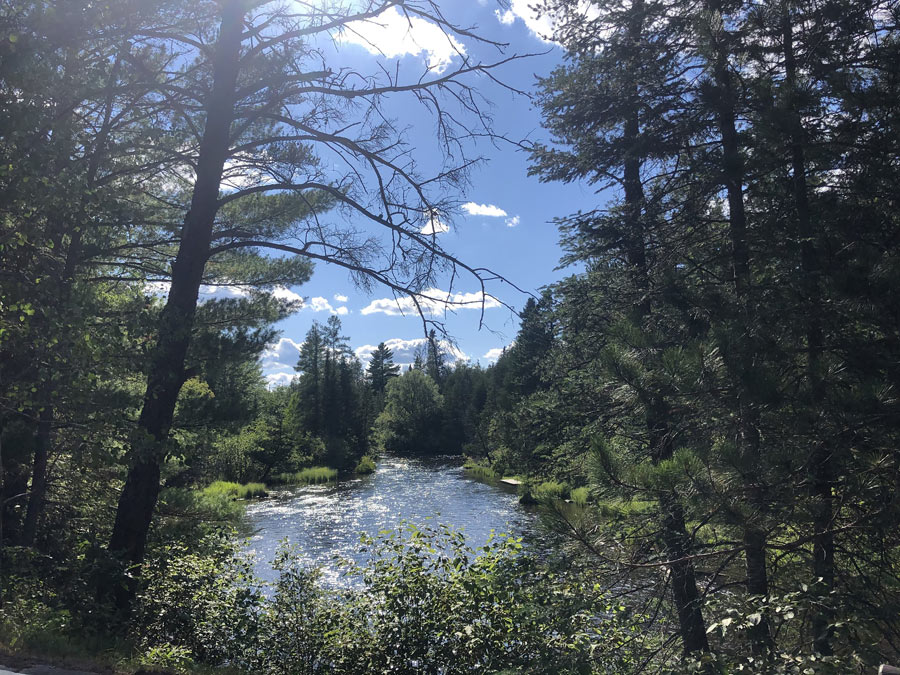
Photo Credit: Sunderland Lab
Landscape approaches
Prof Sunderland is among scientists and stakeholders advocating sustainable landscape approaches to land management which integrates ecologically friendly agriculture and conservation, while improving food security and reducing malnutrition. In a recent overview (Gergel et al. 2020), Prof Sunderland and his co-authors discussed evidence-based and theoretical links between landscape diversity, the number and types of different land cover and their spatial distribution, and dietary diversity.
This form of biodiversity conservation has often reduced the access and rights of local communities who depend on forests and their resources for food security and nutrition.
They proposed a framework of four direct and indirect (and sometimes interacting) pathways. The first, coined ‘direct pathway’, describes the direct contributions from forests to diets in the form of wild foods such as vegetables and fish. The second, ‘agroecological pathway’ comprises ecosystem services that foster agricultural production. Pathway number three, the ‘energy pathway’, describes how fuelwood from forests can facilitate the preparation of foods and thus ameliorate energy poverty of households. Finally, the ‘income pathway’ states that increased income from selling forest products can provide rural households with a safety net and may lead to an improved, more diverse diet. Altogether, these pathways emphasise that the aims of food security and biodiversity conservation need not be mutually exclusive. This integrated approach will be vital in tackling the current conflict between food security and conservation.
A commissioned report into ‘Sustainable Forestry for Food Security and Nutrition’ (HPLE 2017) by the High Level Panel of Experts on Food Security and Nutrition, chaired by Prof Sunderland, also made a series of global policy recommendations (http://www.fao.org/3/a-i7395e.pdf) to promote the inclusion of forests within food security discussion and policy. These recommendations have since been endorsed by governments and represent an important step towards the integration of forest conservation and food security.
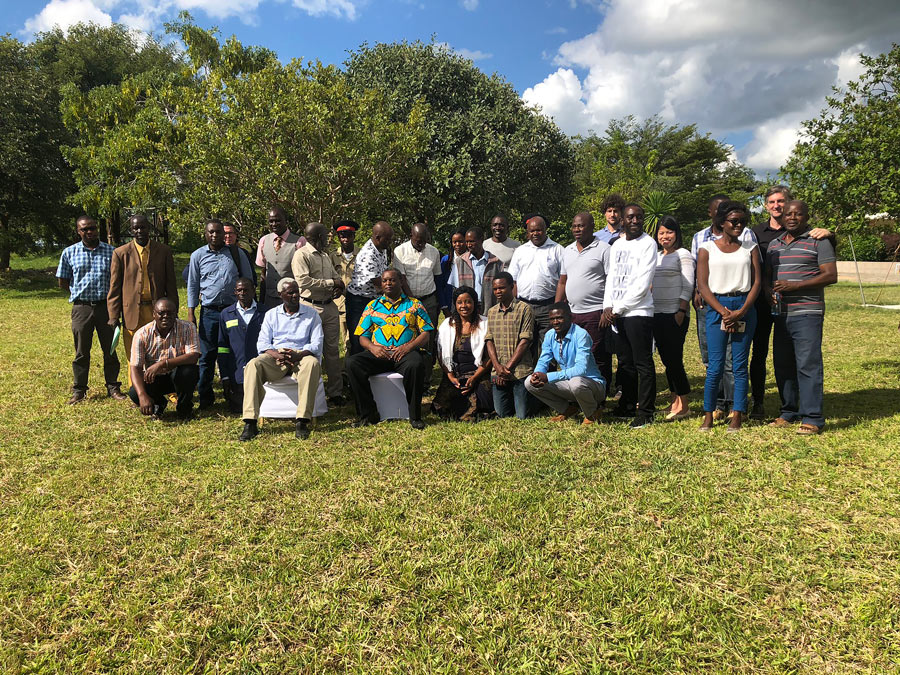
Putting theory into action
Working with The Centre for International Forestry Research (CIFOR), Prof Sunderland is part of an ongoing project aiming to put the landscape approach into action. The Collaboration to Operationalise Landscape Approaches for Nature, Development and Sustainability (COLANDS) is carrying out research and engaging with stakeholders with particular projects in Zambia, Ghana and Indonesia. In the Kalomo District of Zambia, maize and cattle production are vital for livelihoods. However, locals were facing eviction from forestry reserves by Zambia’s Forestry Department. It is early days, but the COLANDS project is working to bring communities and officials together to resolve landscape management. As well as putting a landscape approach into action, the COLANDS projects gather evidence of both positive and negative outcomes to inform future policy and practice agendas.
Future global food systems
Forests and trees must continue to be integrated into global policy for future food security and nutrition as well as to protect the rights and access of local communities. The work by Prof Sunderland also highlights the potential of forest and tree-based system to contribute to dietary diversity and quality, with potential benefits for micronutrient deficiency and diet related health. The global food system of the future must move away from increasing production to increasing quality and diversity, using sustainable forestry and agricultural practices, which benefit both biodiversity and human well-being.
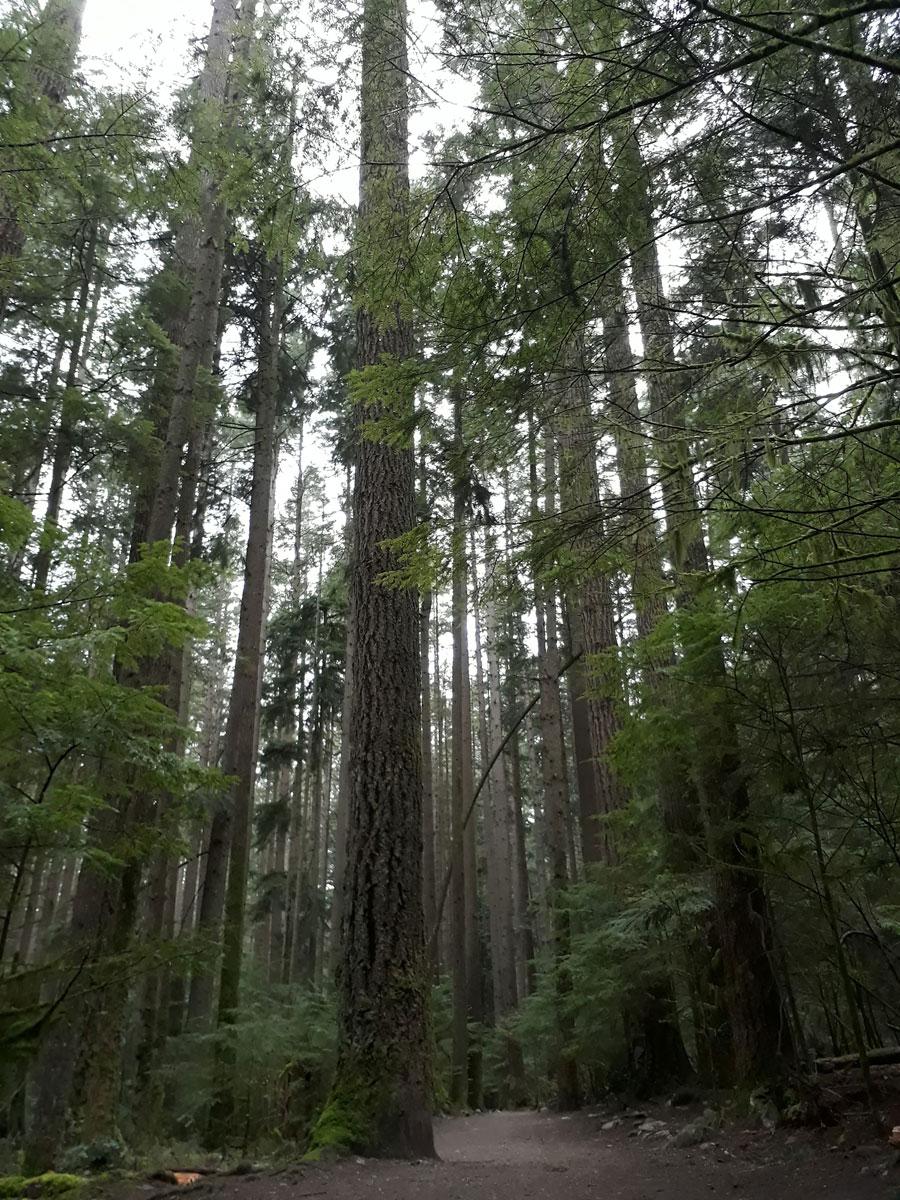
Personal Response
Can landscape approaches be applied to other habitats as well as forests and trees?
<>Landscape approaches can be applied in any context where multiple land uses are in concert, or conflict. These can include non-forested areas such as grasslands and savannahs, but can also be applied in an urban context. This conceptual framework can help understand the process: https://www.pnas.org/content/110/21/8349